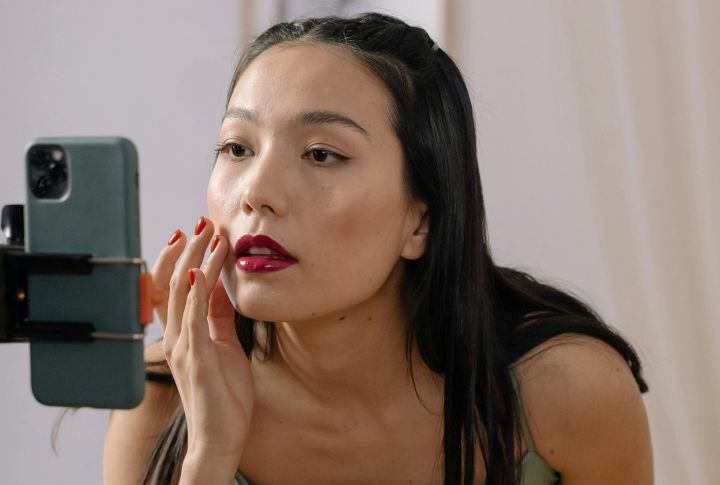
Korean beauty trends are everywhere—flawless looks and routines that promise magic. But behind the filters and viral videos, there’s another side not often discussed. These trends can quietly shape expectations and even self-worth. What starts as fun self-care sometimes spirals into hidden pressures, quietly changing how people see themselves and each other. Keep reading—here are ten things you might not see coming.
Skin Lightening Products Still Dominate Shelves

South Korea is a powerhouse in the skin whitening market, ultimately shaping global beauty standards and local expectations. Many products use ingredients like hydroquinone, which sparks health debates. Ads equate lighter skin with success, while idol culture rarely celebrates darker tones, reinforcing narrow ideals.
Plastic Surgery Is Practically A Graduation Gift
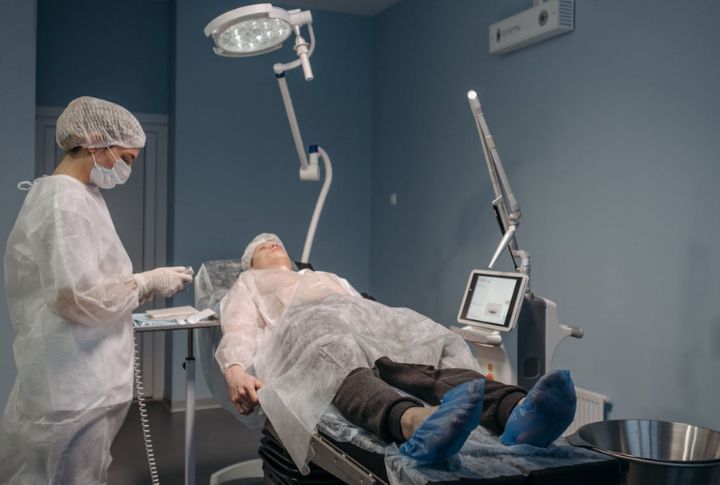
Just imagine eyelid surgery as a high school graduation present; this is a reality for many young South Koreans. With one in three women in their 20s having had cosmetic work, such procedures are normalized as “maintenance.” Subway ads for jaw and nose jobs are everyday sights in Seoul.
Extreme Skincare Routines Are Time-Consuming
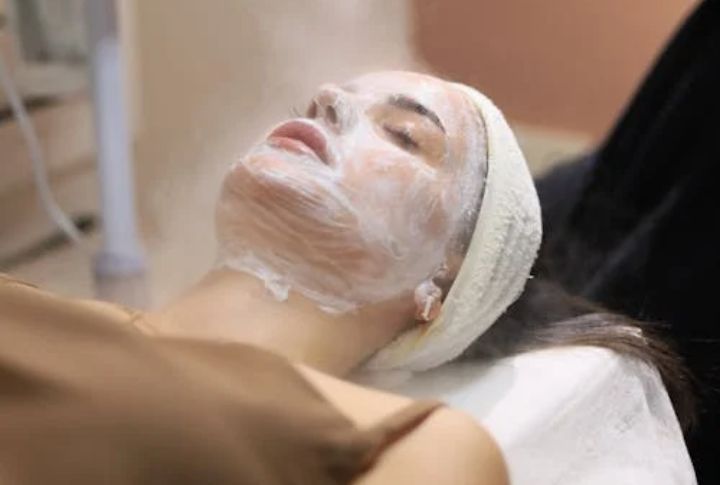
Flawless “glass skin” is the goal, but it comes at a cost. Women often spend hours and hundreds monthly on elaborate routines, sometimes layering up to 17 products. Dermatologists warn of skin fatigue, as the pressure to maintain perfection never lets up.
Diet Culture Is Marketed As Wellness
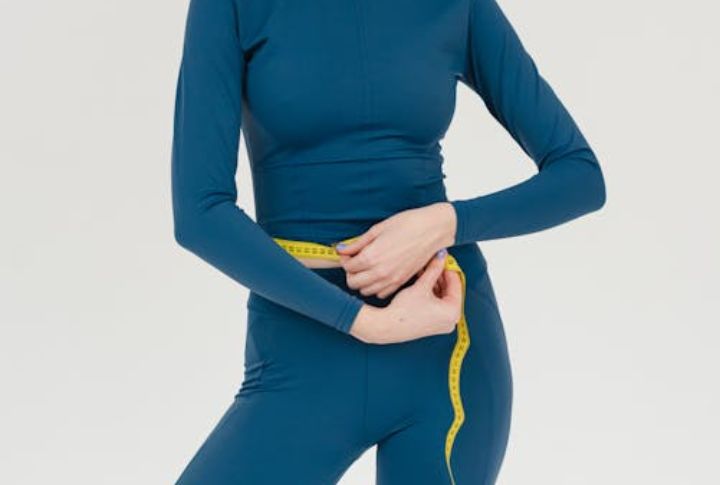
Extreme thinness is glorified, with idol diets sometimes just one sweet potato a day. Diet teas and low-calorie kimbap fly off shelves, and public weigh-ins are normalized. Hunger is framed as discipline, making wellness synonymous with restriction. Many now see healthy living as a strict calorie game.
Makeup Is A Daily Expectation, Not A Choice
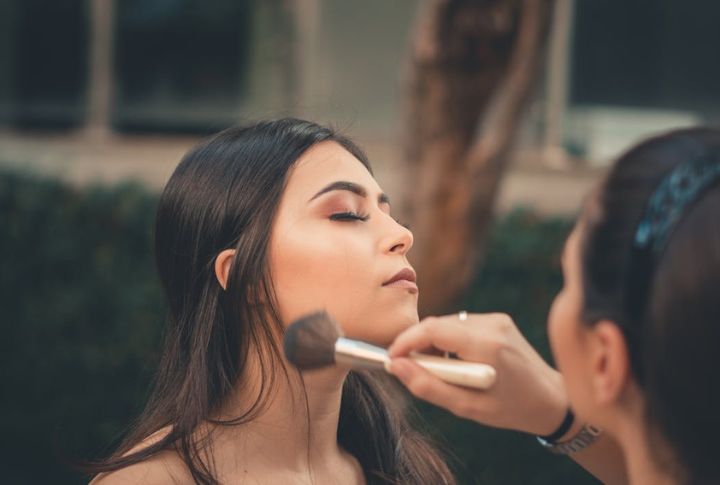
Going bare-faced in public is commonly labeled unprofessional, so schoolgirls reach for concealer to cover acne despite bans. Makeup-free selfies stir national debate, while “no-makeup” makeup kits fly off shelves. Even K-pop boys now wear more makeup than some actresses.
Workplaces Enforce Appearance Standards

Employers can legally request photos with job applications, and “unrefined” looks may lead to rejection. Appearance is listed as a hiring criterion, and some companies require full makeup for remote interviews. “Grooming allowances” in contracts highlight the pressure, making looks a key factor in career opportunities for many.
Celebrity Pressure Shapes Everyday Faces
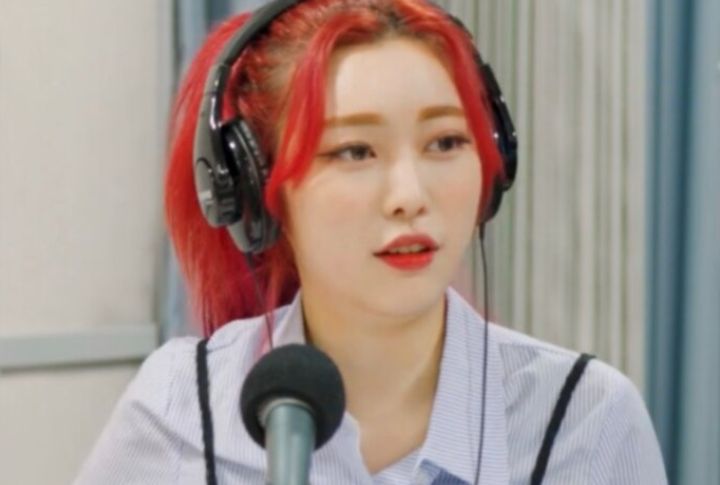
Plastic surgery clinics use K-pop stars as lookbooks, and AI tools suggest idol-inspired changes. Fans copy precise eyeliner styles, and face charts reference actors for ideal facial ratios. As these standards circulate widely online, the line between admiration and self-comparison blurs daily.
Youthfulness Is the Ultimate Goal
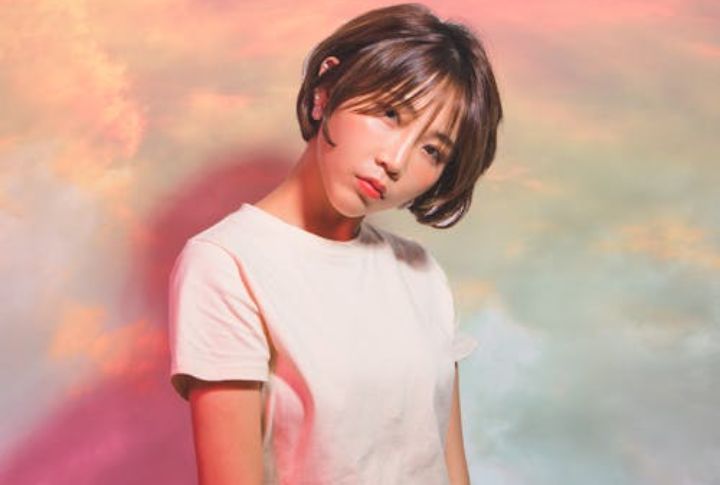
Anti-aging skincare is marketed to teens, and “baby face” remains one of the highest compliments. Blush is applied to mimic child-like features; at the same time, Botox and fillers often begin at age 18. In both media and workplaces, age-shaming makes youthfulness not just preferred, but expected.
Men Face Growing Beauty Pressures, Too
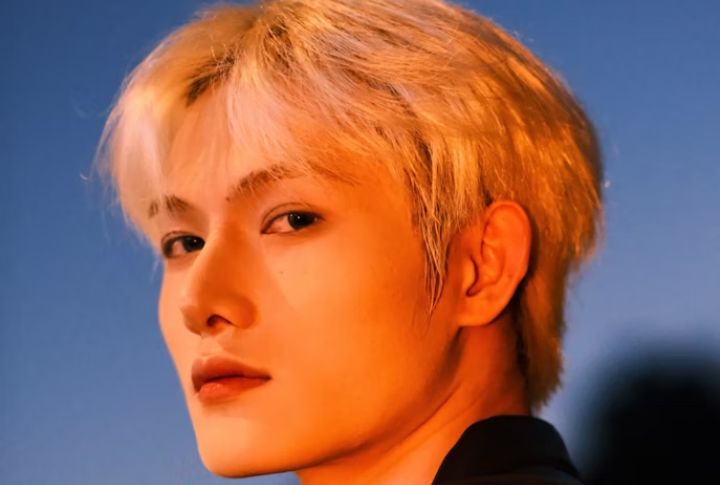
Male skincare sales top $1 billion, and military men return home to undergo surgery. Male idols promote BB cream and eyeliner, while the “flower boys” aesthetic dominates advertisements and magazines. Even high school boys buy lip tints for dates, showing that beauty is not just for women.
Natural Looks Are Carefully Engineered

The trendy “no makeup” look can take 45 minutes to perfect and is typically filtered to appear seamless. Double eyelid tape is a teen staple, and gradient lips disguise effort as ease. It’s a polished version of effortless beauty, which proves that “natural” requires serious work.

Comments
Loading…